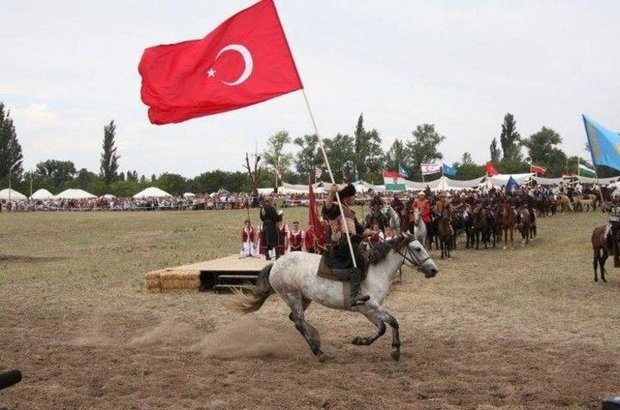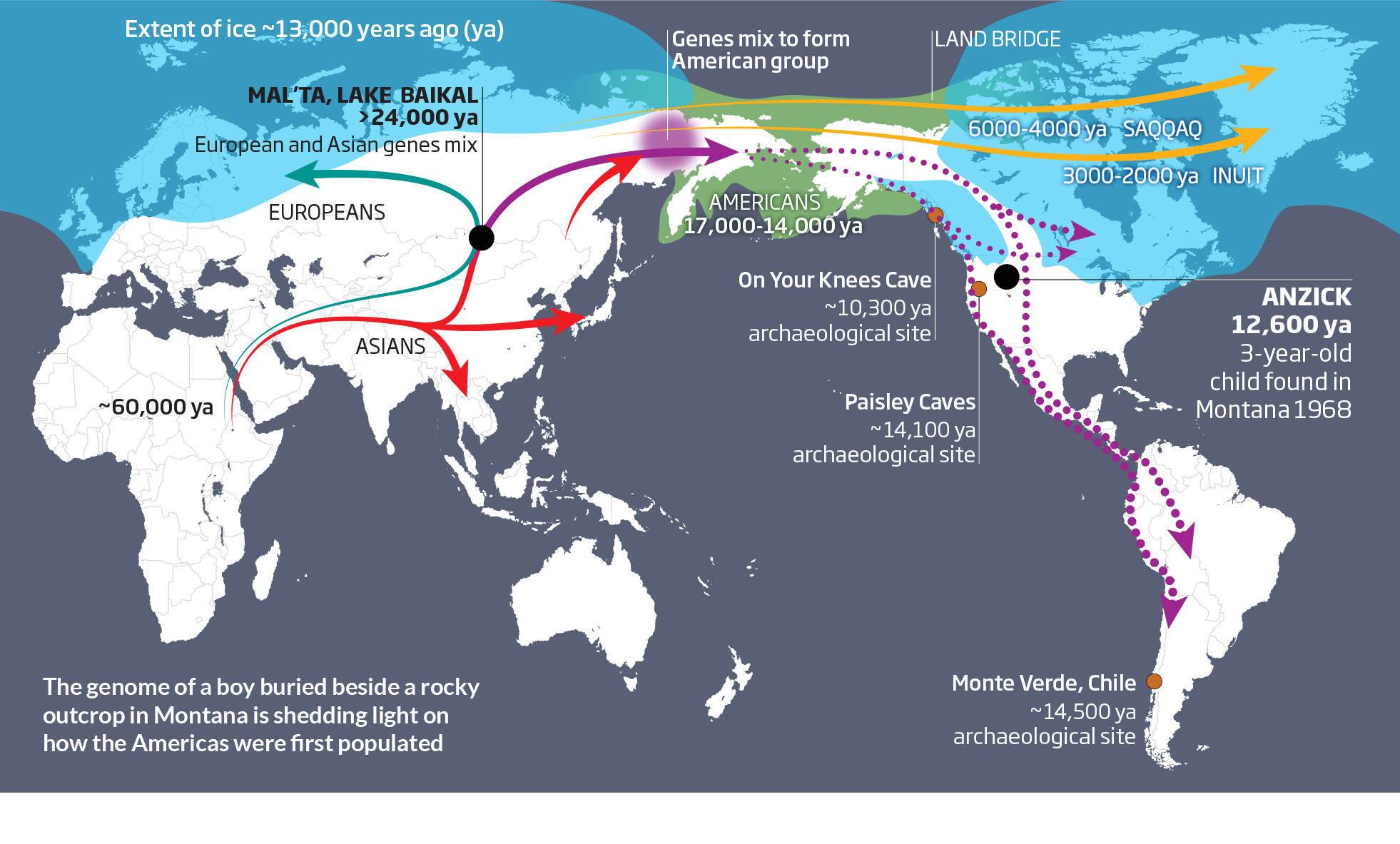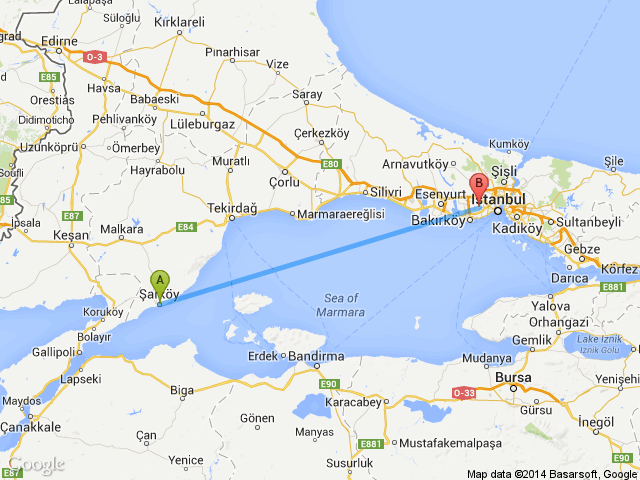Türkçe links to original Turkish article
(Haber7.com Website, 30 September 2016)

Turkish 'Little Big Horn'
Professor Mehmet Ali Eroğlu of Akdeniz University in Antalya has
conducted a comparative study of the Native Americans on
reservations in the United States with the Sarıkeçeliler nomads, the
last nomadic representatives living in the Toros Mountains, and
reported about the similarities between the groups.
In an interview with a reporter from the Anatolian News Agency, Eroğlu
said that he had stayed as a guest with Native American familes who live
traditionally on reservations in the United States. Eroğlu noted that he
has also stayed in nearly 40 Sarıkeçeli Yörük (Anatolian nomads) tents in
Mersin, Antalya and Konya and he has identified some startling similarities
between the two cultures.
Eroğlu has written a book about these similarities and he explained that
"I wasn't able to definitively answer the question 'are Native Americans Turks?'
but my study can serve as a basis for further research on this subject. There
are many similarities between the languages, beliefs, customs, traditions,
musical instruments and handicrafts. Scientists have varying views about Native
American but my research has convinced me that the Native Americans who have
settled in America are related to the Turks of Central Asia".
Big Chief Erdoğan
"There is quite a bit of existing information that confirms this link. Some Native
American tribes use the 'Atabaskan' language, which is one of the Ural-Altay
language groups. There are also words that resemble Turkish words such as 'göç'/
'köç', 'toz'/'toos' and 'tepe'/'tepek' and there are more examples, too."
Eroğlu asserted that Native Americans, who have made nomadism their unique
lifestyle, are as obsessed with freedom as the Turks and they give importance to
tent life because of their preference for fresh air living. He added that "the 'oba'
traditon of the Yörük, whereby the mother, father, siblings and first degree
relatives live in the same pasture is the same in traditional Native American
culture, who live with their close relatives and whose tribal chief lives in
the first tent. The Native American tent architecture and use is similar to
that of the Yörük and both groups make their living through animal husbandry.
Hunting and gathering are widespred, as well. The practice of drying meat for
storage is the same in the two cultures. The Göktürks and the Huns' custom of
growing their hair long and braiding it is the same in Native American and
Yörük cultures."
The resemblance is uncanny...
"As for Native American clothing, the main symbols used are gray wolves,
wolves, horses, eagles, the moon and geometric shapes and these are all
seen in both Turkish handicrafts and Yörük live. Similar to the Native
American custom of dressing up horses, the Yörük dress up goats in various
ways on 'kırpım' day."
Eroğlu emphasized that there is a similarity in the feathers that Native
American use in their headresses and the feathers the Yörük use in their belts.
He noted that "the tradition among Turks related to cradles is the same in
some Native American tribes. I was most surprised by this and it constitutes
the strongest indication that the two groups are related."
The motifs on Yörük rugs and sacks are very much like those on Native
American tents, according to Eroğlu, who added that "there are two-headed
eagles on the rugs in the tents of both cultures, along with ram head, moon
and star designs. Respect for family elders and adherence to the word of an
elder in shared by both groups. We see that the use of drums, an essential
element of Shamanism, is widespread in both Turkish and Native American
cultures. Musical instruments like the lute of Central Asian origin are found
in Native American life."

How the Turks got to the Turks & Caicos Islands.



